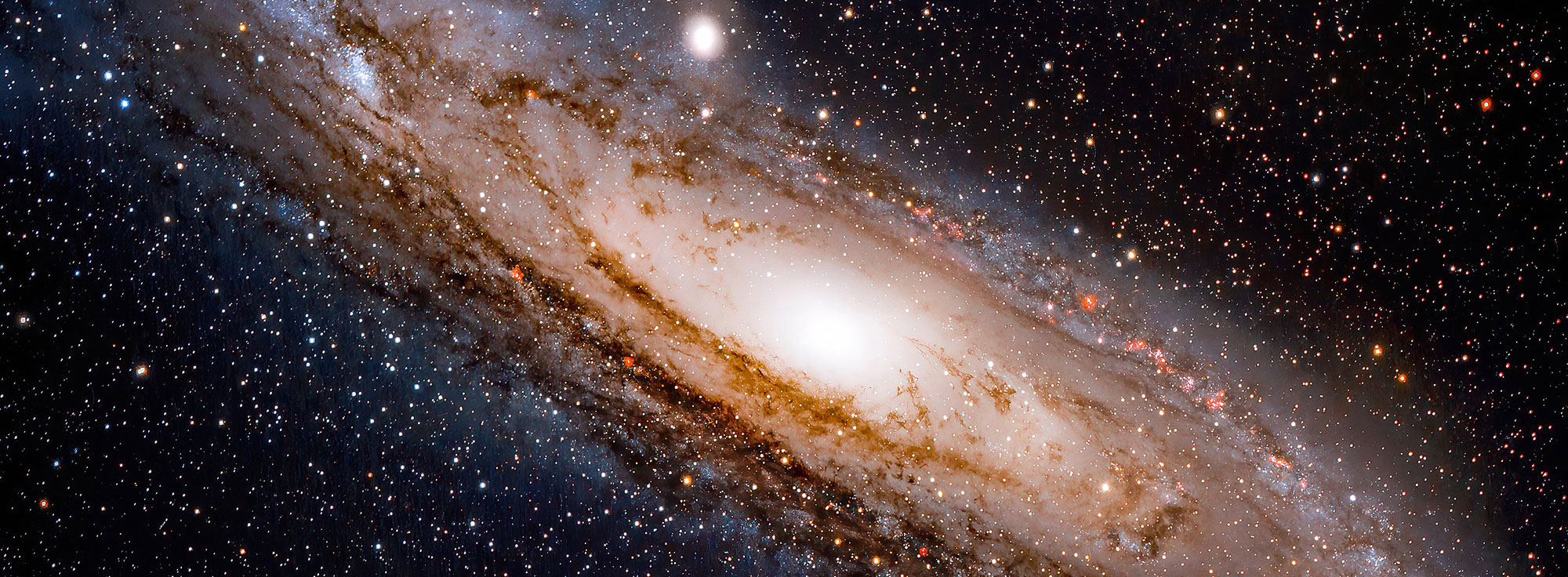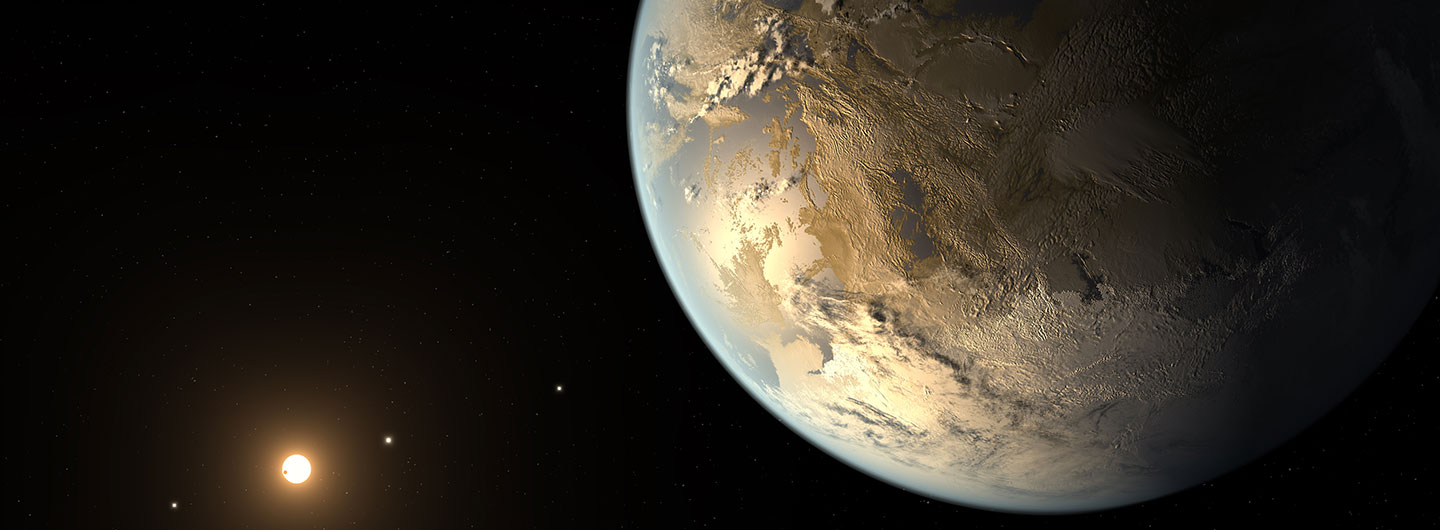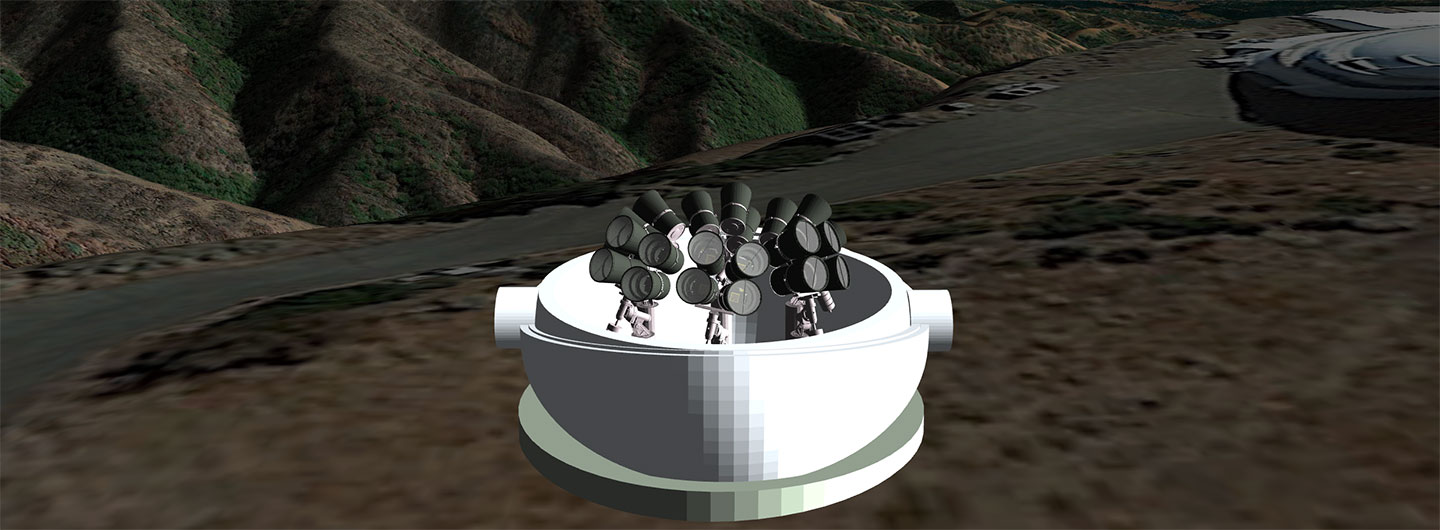Our Vision to Discover ET
Our ambitious project seeks to answer humankind’s biggest question: Are we alone?
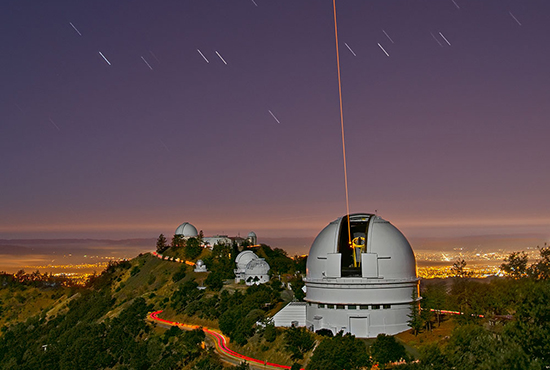
What is Optical SETI?
There are 100 billion potential sites for life in the Milky Way. Optical SETI (the Search for ExtraTerrestrial Intelligence) looks for signals from potential civilizations elsewhere in our galaxy using light waves.
All-sky, All-time Search
We have designed a system of "all-sky, all-the-time" search using ultrafast detectors to optimize our chances of capturing signals from other lifeforms.
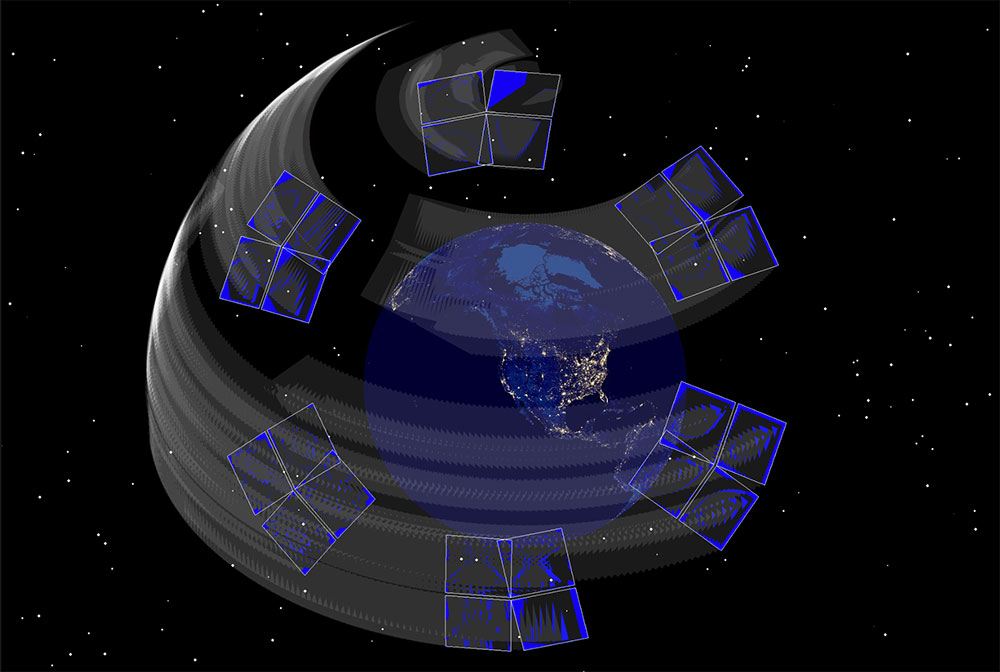
Facts about PANOSETI
- Two linked mountaintop domes, spaced ~1km apart
- Each dome holds 20-40 custom telescopes and electronics
- Sensitive to faint flashes with a duration of nanosecond (10-9 sec) to seconds
- “All-sky” coverage (2,000-4,000 instantaneous square degrees)
- Proven capability in prototype deployment 2021-2023
- Developed by four universities: UC San Diego, UC Berkeley, Harvard and Caltech)
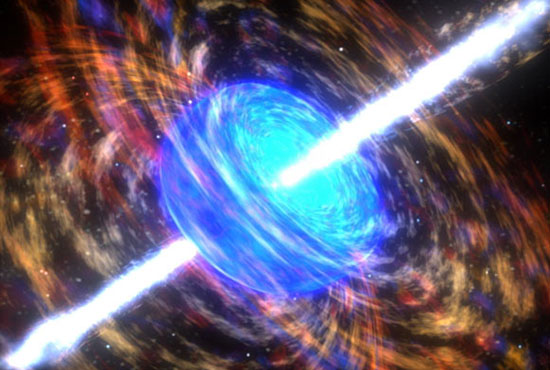
Discover New Astronomical Phenomena
PANOSETI will have the potential to detect phenomena such as supernova, neutron stars and black holes mergers, and other energetic cosmic sources.
Why Now?
Advancements in technology mean we've never been in a better position to detect extraterrestrial intelligence.

About Our Team
The PANOSETI program is being lead by UC San Diego (PI: Shelley Wright) with a strong partnership with UC Berkeley (Dan Werthimer) and Harvard University (Paul Horowitz), with additional university collaborations: California Institute of Technology, University of Delaware, UC Santa Cruz, and Lick Observatory.
The research and development of the PANOSETI technology was generously supported by Qualcomm co-founder Franklin Antonio (1954-2022) and the Bill and Susan Bloomfield Family Foundation.
